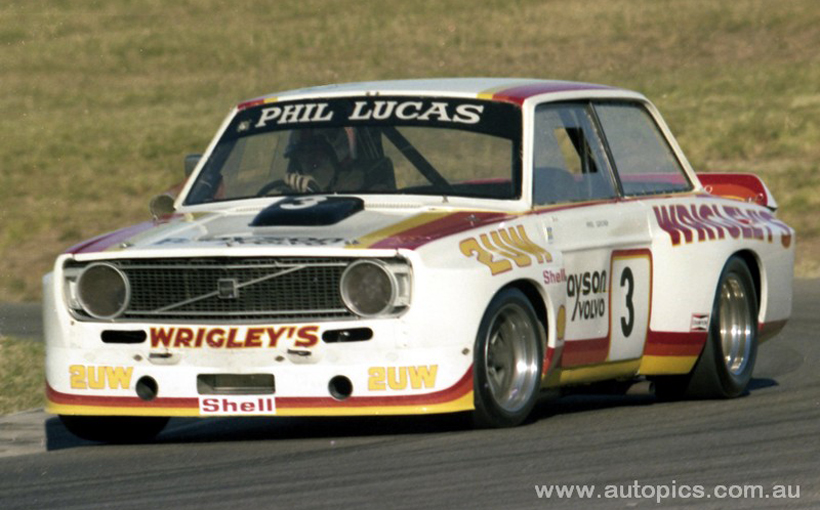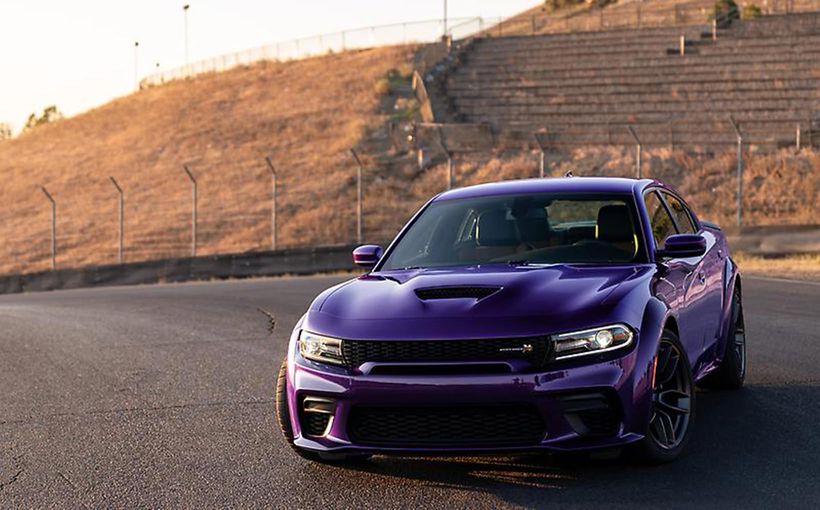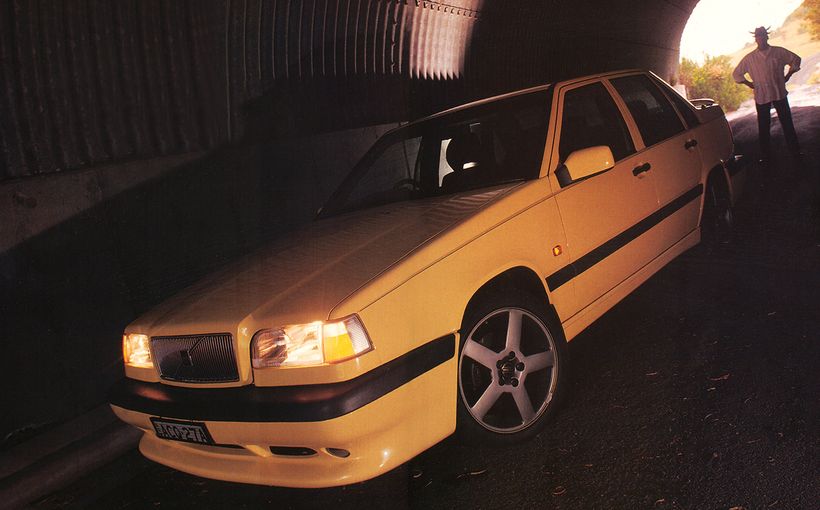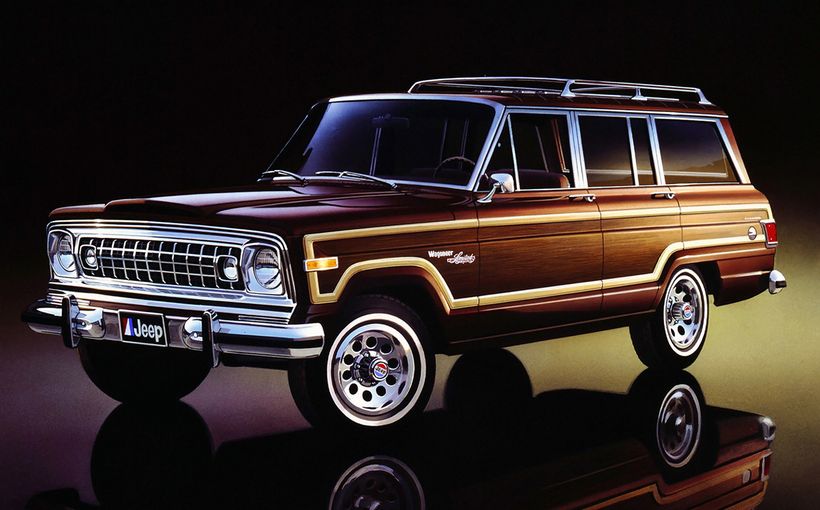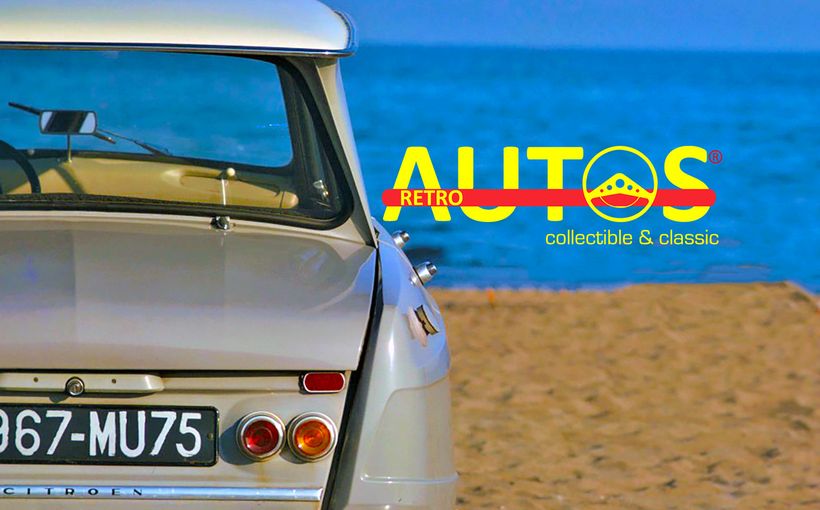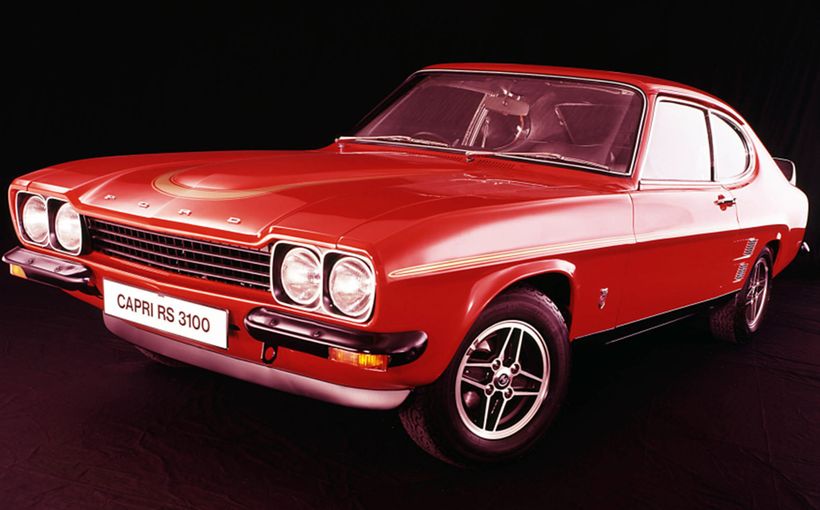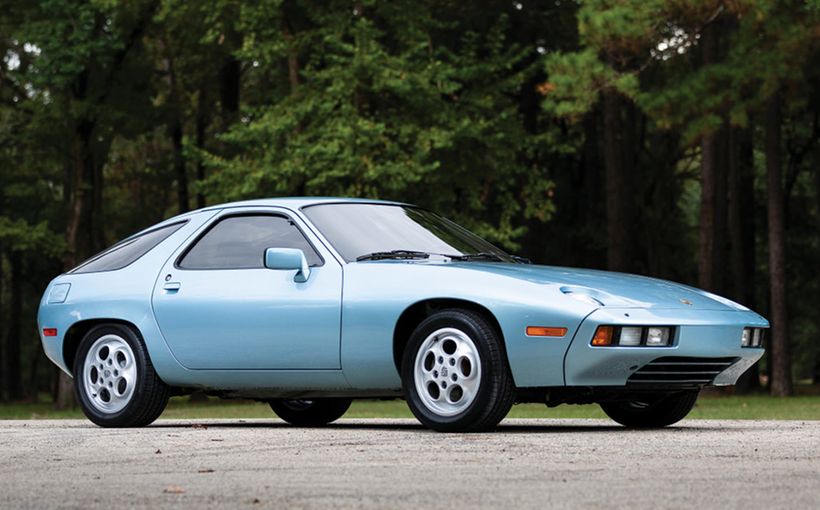Volvo 140 series: Volvo’s first Aussie V8 Supercar!

Swedish car manufacturer Volvo, renowned for its obsession with safety, is not usually the first brand that springs to mind when talking about high performance muscle cars of the 1970s – unless someone was crazy enough to bolt a thumping great Chev V8 under the bonnet and go racing!
A guy by the name of Gerry Lister did just that, decades before today’s S60-based V8 Supercar. And in doing so created a unique cross-breed that brought its own brand of Swedish-American thunder to Aussie race tracks, as the burgeoning home-grown Sports Sedan category was enjoying a meteoric rise in popularity.
The Sports Sedan class was a haven for hot rodders, as the liberal technical rules allowed fertile imaginations to run free. Small cars could be fitted with big engines. Large cars could be fitted with even bigger engines. You could also move them further back in the chassis to improve weight distribution and you were also allowed to mix and match drivetrains, chassis, brakes, suspensions, wheels and tyres and create some wild bodywork.
These home-grown hybrids were raw, fast, loud and spectacular to watch – the perfect laboratory in which to inject some excitement into an imported brand in need of a high octane booster shot.

The name Gerry Lister is synonymous with Volvo in Australian motor sport. Lister became an instant fan of the Swedish brand after his first drive of a 122 in the early 1960s. He has been galvanised to the marque ever since and still runs a thriving spare parts business specialising in classic Volvos.
In 1961 Gerry's brother Tony and his business partner co-founded the first Volvo dealership in NSW, establishing British & Continental Cars P/L (later Monaco Motors) on William Street, Sydney. Gerry came aboard later to run the service division. As Volvo was little known in Australia at the time, the Lister brothers decided that motor sport would be a great way to show the public what they could do.
Gerry holds the unique distinction of being the first driver to race a Volvo in Australia. That occurred at Oran Park in 1964 and his appearances at other Sydney tracks like Warwick Farm and Amaroo Park became more frequent.

Although the 120 series won universal praise from owners and motoring journalists alike for its engineering refinement and performance, the arrival of its replacement in 1967 – the 140 series – started to change perceptions of the Swedish marque.
With its contemporary but rather bland styling and adherence to the firm’s trusty 1.8 litre four cylinder engine, it seemed the new arrival had failed to live up to high expectations created by its predecessor. Although the 142/144 proved to be excellent rally cars, winning numerous local events including the prestigious ‘Southern Cross’ in 1968, the 140 series’ race track presence was non-existent.
This absence of a bitumen-based performance image was adding to negative perceptions of a brand which, while still admirably committed to improving passenger safety, was also looking increasingly, well, boring. And that was all that was needed for a young Volvo dealer with high octane running through his veins to grab a 140 series and go racing!

The Gerry Lister era
The starting point for what would become arguably the fastest Volvo in Australia at the time was a two-door sedan version of the 140 series called the 142.
Volvo had introduced a new three-digit model numbering system for the 140 series, with the second number showing the number of cylinders (4) and the third number showing the number of doors (2). The 142 was considered a sportier option than the 144 sedan, not only in appearance but also because of a theoretically stiffer chassis due to having only two door openings.
The opportunity for Lister to race one presented itself in 1970, when John Sinuks was racing a 142S (the ‘S’ for ‘Sport’ denoted twin carburettors) powered by a highly tuned version of the B18 1.8 litre four. Unfortunately Sinuks crashed the car at Sydney’s Amaroo Park and decided to part with the wreck, but as they say one man’s pain is another man’s gain.
Lister purchased the damaged 142S and after a full rebuild took it Sports Sedan racing in 1971. Initially Lister used the existing four cylinder, which with a host of modifications including a 2.0 litre rebore, Waggott camshaft, twin 45mm Weber side-draughts and a special UK valve-train kit spun the dyno to 184 bhp at 7600 rpm. Lister said with its rugged five-bearing crank this production-based engine could happily tolerate revs beyond 8000!

The rapid developments taking place in the category prompted him to install a larger capacity engine for 1972. Being a Volvo man and mindful of the need to promote the Swedish brand’s performance credentials to the core, Lister chose to go with a modified version of the 3.0 litre in-line six fitted to the 164 model Volvo released in 1969.
After considerable development work, including the adoption of three 45mm side-draught Webers, the hand-built straight six was punching out 248 bhp at 6800 rpm with a heap of low to mid-range torque. However, given that this engine was half as long again as the four, the only way to provide enough space without cutting into the firewall was to mount the radiator in the boot.
Although Lister enjoyed moderate success with this configuration, he was never entirely happy with it. This was at a time when the fierce level of competition was seeing Ford and GM small block V8 engines being shoehorned into a wide variety of cars, so Lister was left with little choice but to do the same.
He purchased a full-house Chevrolet 5.0 litre (302 cid) small block V8 race engine from sports car and open-wheeler racing star Frank Matich, which had served as a spare engine for Matich’s McLaren M10B Formula 5000 car. With four huge 58mm IDA downdraught Webers, Lister claims this engine was good for more than 500 bhp – instantly doubling that of the hot six it was to replace!

This engine choice was, according to Lister, still keeping it ‘in the family’ so to speak as Volvo was using the same engine under license in its ‘Penta’ division which specialised in marine and industrial applications. So rather than have to develop a low-revving marine version for racing from scratch, it was simply a case of buying a proven Chevy with all the good racing gear and just fitting a pair of Volvo-Penta rocker covers off the shelf!
When it came to installing the V8, Lister again followed the latest Sports Sedan fashion by cutting a large hole in the centre of the firewall (with lots of additional chassis bracing to compensate) so that the engine could be pulled right back behind the front axle line. This instantly turned his front-engined 142S into a mid-engined one, with near ideal weight distribution.
The engine was installed using a vertical engine plate at the front like a F5000, which provided the added benefit of a rigid brace between the chassis rails. Two big radiators – each with its own electric fan – were mounted on either side of the engine bay behind the headlights and fed plenty of cooling air through large internal ducting centred behind the grille. A rugged GM Muncie four-speed muscle car gearbox replaced the original Volvo unit.
As you can imagine, the massive improvement in power-to-weight ratio turned this two-door Volvo into an absolute missile in a straight line. The big cast-iron ‘Penta’ V8 and its 500-plus ponies also turned it into a real beast, which required plenty of bravado by Lister when man-handling it through the turns. It could lap Sydney’s Oran Park (south circuit) in a scant 50 seconds and top 140 mph (225 km/h) down the chute. The fastest 142 you ever did see!

Keep in mind it was still remarkably close to stock in terms of its suspension, brakes and drivetrain, with the stock diff in the coil-sprung live rear axle still coping admirably with about five times the power output it was designed for! The only brake upgrade by that stage was fitting the 164 model’s ventilated front discs and calipers, with big aluminium air scoops under the nose to feed them plenty of cooling air. The stock rear discs remained.
Lister persevered with this ferocious fire-breathing Volvo, scoring some solid placings in the rough-house Toby Lee Sports Sedan series at Sydney’s Oran Park in 1973-74. However, it was never going to knock off more sophisticated professionally-built machinery, like the plethora of Porsche 911s or John McCormack’s radical Elfin F5000-based Valiant Charger which arrived in 1974 and seriously raised the bar.
And due to Lister’s growing work commitments with his Volvo dealership, it was proving increasingly difficult to find the time required to properly maintain and develop the car, so it was reluctantly put up for sale.

The Phil Lucas era
Sydney’s Phil Lucas had been racing a six cylinder LC/LJ Torana Sports Sedan in the early 1970s before deciding that he needed to step up to a larger V8-powered car to take on the big boys. Lucas’s initial plan was to build a new car from scratch, based on Holden’s mid-sized LH Torana sedan and powered by a mid-mounted Formula 5000 Chevrolet or Repco-Holden V8 engine.
Lucas had started compiling the parts he would need, including a new LH Torana body shell, when the Lister Volvo V8 appeared in the classifieds in late 1974. Given that the car was equipped with a strong Chev V8, GM Muncie gearbox and numerous other racing components he required, Lucas bought the Volvo and started to strip it down with the intention of selling what remained.
However, after re-assessing the whole project, Lucas realised that the Volvo not only shared a similar wheelbase to his proposed V8 Torana but with its lighter bodyshell and fiberglass bonnet, boot, front guards and door skins, also offered a weight advantage. So the LH Torana body was sold and work commenced on the Volvo, starting with a complete strip down to the last nut and bolt.

The rebuild included a re-think of every component that went into the car. The Chev V8 engine, with its quartet of twin-choke Weber downdraught carburettors, was treated to a full rebuild by Graham Waggott. Being an ex-Formula 5000 engine it was already equipped with a multi-plate clutch and small diameter flywheel, but the course-splined Muncie four-speed gearbox was replaced by a stronger fine-spline unit with revised gear ratios.
Amazingly, the 142S’s original suspension had largely remained intact throughout its racing life, proving the inherent toughness and over-engineered durability of the factory design.
The front suspension was stripped and rebuilt using rock-hard Teflon bushes throughout, to reduce deflection under load and sharpen steering response. The 142S’s original rear trailing arms to locate the live rear axle were finally replaced with a fully rose-jointed four-link competition set-up with a stout Watts linkage and adjustable coil-over shocks. The big lightweight wheels and racing tyres were shrouded in Torana L34-style fiberglass wheel arch flares.

Lucas and his revamped Volvo V8 enjoyed considerable success in 1977. They won just about every race they entered in NSW and impressed greatly when they faced the top guns in several rounds of the Australian Sports Sedan Championship (ASSC). At the Oran Park ASSC round, Lucas was beaten only by Bob Jane’s HQ Monaro GTS 350 and race winner Frank Gardner in his near invincible mid-engined Chevrolet Corvair
His impressive performances attracted sponsorship from Sydney Volvo dealership Brayson Motors, which had a long history of supporting Volvo drivers in local motor sport. The future was looking even brighter for 1978 when Lucas joined forces with prominent Escort racer Phil Ward to form a two-car team backed by leading chewing gum maker Wrigley’s and Sydney radio station 2UW.

The welcome injection of sponsorship funds allowed Lucas and Ward to indulge in further performance upgrades of their cars. Lucas made his venerable Volvo into an even wilder machine with more aerodynamic IMSA-style fiberglass bodywork along with plans for fuel injection to squeeze more grunt from the Chev V8 and independent rear suspension.
In 1978 Lucas continued to enjoy success at local Amaroo Park and Oran Park circuits. However, the premier Australian Sports Sedan Championship title again proved elusive, with Allan Grice in Frank Gardner’s Corvair and Kiwi ace Jim Richards in a new NZ-built XC Falcon hardtop proving to be the class of the field. Lucas finished equal fifth in the 1978 ASSC, with a best result of third place in the final round.

The Tesoriero Era
In 1979 Lucas put the highly developed Volvo up for sale and it was bought by John Tesoriero, who competed in it for the next few seasons. During that time he continued to modify the venerable 142, with the most noticeable changes being to the bodywork with an update to the later 240 series grille and headlights, a towering rear wing and a variety of paint schemes.
From 1983 Sports Sedans were no longer eligible to compete in the national championship which became the exclusive turf of exotic and expensive GT cars like the Porsche 935. Tesoriero’s Volvo was soon retired from active duty and most of its components were stripped from the car and sold.
Years later the remaining body shell was headed for the tip until a chance phone call to a mate of Gerry Lister’s saved it from imminent death. He quickly worked out that it was the ex-Lister car and did a deal to buy it for little more than beer money. It then sat behind his commercial workshop before recently being moved to a private workshop, where it is now being rebuilt yet again for yet another return to the track. Proof that these tough old Volvos just never die!

